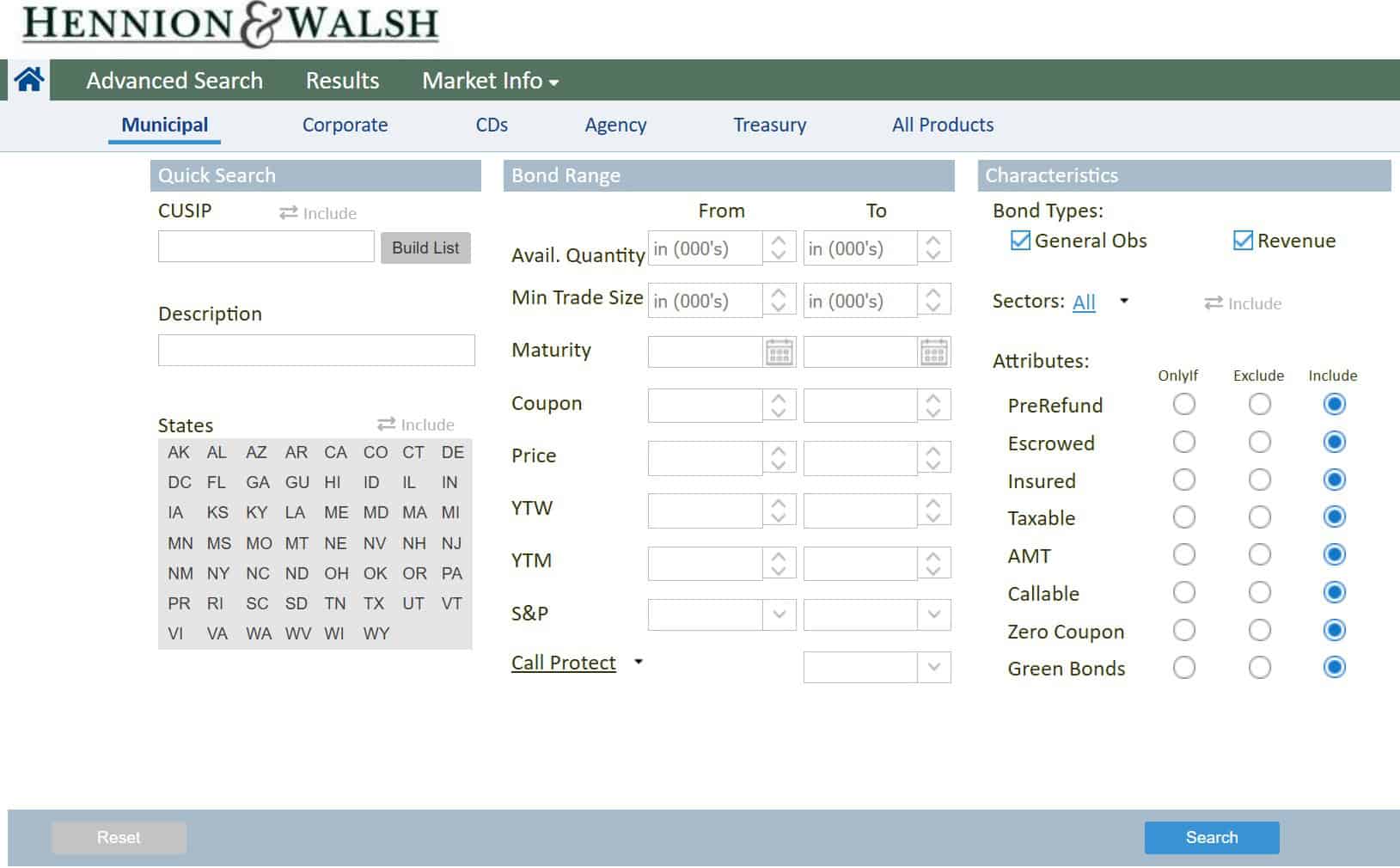
Ultimate Guide to Mutual Funds: Everything You Need to Know
Are you maximizing the potential of your investment portfolio with mutual funds? The problem of under diversification looms large for many investors. Without a strategy that includes mutual funds, you may be missing an opportunity to balance risk and reward efficiently. By understanding the fundamentals of mutual funds, you position yourself to navigate the investment landscape with confidence, leveraging diversity to your advantage.
Understanding Mutual Funds
Mutual funds are often perceived as a labyrinth of complex investment mechanisms, yet at their core, they represent a straightforward concept: pooled resources invested across a variety of assets. This financial vehicle offers investors the opportunity to participate in a diversified portfolio that is managed by professional fund managers. These experts allocate capital across stocks, bonds, or other securities endeavoring to track a specified index or to outperform the market. For investors seeking broad market exposure or those addressing specific investment goals, mutual funds can serve as a cornerstone in their investment strategies, offering access to a spectrum of assets that might otherwise be unobtainable for individual investors.
Core Principles of Mutual Funds
At their essence, mutual funds aggregate capital from multiple investors, creating a pool that is managed by financial professionals. This setup allows for strategic diversification, aimed at minimizing risk while striving for growth.
Inherent in their structure is a democratization of access to diversified assets. They provide a practical avenue for individual investors to attain exposure to a broad market with a single investment.
Diligent fund management can harness economies of scale for investor benefit, reducing transaction costs and optimizing asset allocation.
Key to mutual funds is their transparency; they are subject to rigorous regulatory oversight. Prospectuses and reports furnish details on holdings, costs, and strategies, empowering investors to make informed decisions.
Variety in Mutual Fund Types
Mutual funds offer a panoply of choices, catering to varying investor profiles, goals, and risk tolerances. Equity funds, for example, target company shares and can range from aggressive growth to value-oriented investments.
- Fixed-income funds focus predominantly on generating regular income streams. They predominantly invest in bonds and other debt instruments, offering stability and predictable returns.
- Index funds aim to replicate the performance of a specific benchmark, such as the S&P 500, endeavoring for market-correlated returns with reduced management fees.
- Sector funds provide an opportunity to concentrate on specific economic sectors, like technology or healthcare, allowing investors to capitalize on sector-specific growth.
- Target-date funds automatically adjust the asset mix as the predetermined retirement date approaches. Typically, they shift from higher-risk investments to more conservative ones as the target date nears.
- Internationally-focused funds enable investors to diversify beyond domestic markets. Gripping global opportunities, these funds can invest across continents, embracing different economic cycles and market dynamics.
Evaluating Fund Managers
When assessing the prowess of fund managers, scrutinize their track record, particularly regarding long-term performance and risk management strategies. This reveals both consistency and the ability to navigate volatile markets.
Consider the manager’s tenure and experience within the sector. A seasoned professional’s guidance often stands the test of volatile market conditions. Moreover, delve into the investment philosophy and process. Does it align with the fund’s objectives and your risk tolerance? The manager’s educational and professional background can denote credibility and depth of expertise in portfolio management, which are critical components.
It is imperative to examine the team supporting the fund manager, including analysts and researchers. This collaboration is often reflective of the fund’s potential success and operational robustness. Finally, gauge the manager’s alignment with shareholder interests. Frequent trading might suggest a strategy at odds with long-term value growth and tax efficiency.
Investment Strategies Unraveled
Mutual funds encompass an array of investment strategies tailored to meet diverse investor needs, ranging from conservative, income-generating approaches to aggressive, growth-oriented tactics. Central to understanding these strategies is recognizing the fund’s investment objective, which articulates the guiding principles for the portfolio’s asset allocation and security selection. This goal-oriented approach ensures that each investment decision aligns with the overarching mission, whether that’s achieving stable income, capital appreciation, or a balance of both.
In scrutinizing these strategies, one must consider the spectrum of asset classes—including stocks, bonds, and money market instruments—a fund may utilize, each with its unique risk and return profiles. Funds may concentrate on specific sectors, integrate global assets for diversification, or pivot dynamically according to market conditions. More nuanced strategies might engage in active management, seeking to outperform benchmarks by exploiting market inefficiencies, whereas passive funds replicate indices, striving for market-matching performance with cost efficiency. It is crucial to comprehend how these strategies resonate with one’s investment horizon and tolerance for risk to ensure an advantageous portfolio fit.
Active vs. Passive Management
Active and passive strategies diverge fundamentally.
In active management, fund managers make deliberate investment choices. They aim to outperform the market by selecting securities they believe will exceed benchmarks, which can result in higher returns. However, this approach demands in-depth research, adept forecasting, and the ability to act swiftly on market shifts. Consequently, active management is associated with higher fees due to the intensive nature of strategy and expertise involved.
Passive management mirrors market indices.
Passive strategies aim to match market performance. They do so by replicating index composition, permitting investors to benefit from market returns without attempting to outpace them. This method reduces the costs associated with active management, as it necessitates less research and fewer transactions.
Fees factor heavily in active and passive management.
When evaluating mutual funds, consider the expense ratio. This measure indicates the percentage of assets used for administrative, management, and advertising expenses. Active funds typically exhibit higher ratios due to rigorous management activities. In contrast, passive funds boast lower expense ratios as they require less strategic intervention. Since the beginning of 2023, expense ratios for actively managed funds have trended downwards, reflecting competitive pressures and investor demand for cost-efficient investment opportunities.
Diversification and Risk Management
Diversification is a pivotal strategy for mitigating risk within a mutual fund portfolio.
- Asset Class Allocation: Diversify across equities, bonds, and other securities to balance risk and return.
- Sector and Geographic Dispersion: Allocate investments across various industries and regions to reduce exposure to specific economic risks.
- Correlation Consideration: Select assets with low correlation to each other, ensuring that market volatility affects them differently.
- Regular Rebalancing: Periodically adjust the portfolio to maintain specified risk levels and asset allocation.
Diversification does not ensure against loss, but it can significantly reduce the impact of market volatility. Mutual funds inherently provide diversification, spreading risk across a breadth of investments rather than concentrating it in individual securities.
Timing the Market: Myths and Facts of Mutual Funds
The elusive pursuit of timing the market often leads to misconceptions about investment success.
- Myth: Short-term market predictions can be consistently accurate.
- Myth: Timing the market is an essential skill for any successful investor.
- Myth: Frequent trading based on market timing leads to higher returns.
- Fact: Long-term investment strategies typically outperform frequent buying and selling.
- Fact: Historical market trends are not reliable indicators of future performance.
- Fact: Emotional investing driven by market timing urges often results in poor decision-making.
Attempting to time the market is fraught with challenges and can detract from long-term investment gains. Rigorous analysis and a disciplined approach to asset allocation tend to yield better results than market timing.
Making the Right Choice on Mutual Funds
Selecting the appropriate mutual fund requires a judicious blend of financial goals, risk tolerance, and investment time horizon, enveloped by your personal financial circumstances. Astute investors carefully consider the fund’s historic performance, fee structure, and portfolio composition, but also weigh intangibles such as the fund manager’s experience and the fund company’s reputation. Deciphering the balance between actively managed funds and passively managed index funds is also of paramount importance. Ensure that the mutual fund’s objectives align with your investment philosophy and retirement planning to optimize your portfolio for sustained growth and resilience against market volatility.
Fee Structures and Costs
Mutual funds involve various fees that affect your investment returns. Understanding these costs is crucial for making informed investment decisions.
- Sales Loads: Fees paid at the time of purchase (front-end load) or sale (back-end load) of fund shares.
- Expense Ratio: Annual costs to manage and operate the fund, expressed as a percentage of assets.
- 12b-1 Fees: Marketing and distribution fees are included in the expense ratio, which some funds charge.
- Redemption Fees: Charged for selling shares within a short period after purchasing, to deter market-timing.
- Account Fees: Charges for account maintenance, are often waived if certain conditions are met.
- Purchase Fees: Paid at the time of purchase, distinct from front-end loads as they are paid to the fund, not the broker.
- Exchange Fees: Incurred when transferring investments from one fund to another within the same fund family.
- Management Fees: Paid out of fund assets to the fund’s investment adviser for portfolio management services.
Always scrutinize the fee structure detailed in the fund’s prospectus. The impact of fees on mutual fund performance cannot be overstated – they can significantly erode long-term investment gains.
Performance Metrics Simplified
Annual Return: Reflects the fund’s yearly performance after all expenses and fees, a key metric for investors to consider.
Alpha: Measures a fund’s excess return relative to a benchmark, indicative of a manager’s skill or luck.
When reviewing Beta, an investor assesses the fund’s volatility against a market index, providing insight into potential risk versus the broader market. A Beta greater than one suggests higher volatility, whereas a Beta less than one implies lower volatility relative to the market.
Sharpe Ratio evaluates risk-adjusted returns, combining both reward and risk in a single figure. A higher Sharpe Ratio indicates a greater return per unit of risk. Conversely, a low Sharpe Ratio could signal insufficient return for the risk incurred, thus informing an investor’s strategy for risk management.
Reading Prospectuses Like a Pro
Deciphering a prospectus needn’t be daunting; precision and critical evaluation are the keys.
- Investment Objective: Ascertain the fund’s core goals, which should align with your investment strategy.
- Fee Structure: Scrutinize all fees, including management and operating expenses, as they impact overall returns.
- Risk Factors: Evaluate risks associated with the fund’s investment strategy, which may affect performance.
- Past Performance: Though not indicative of future results, historical performance provides context.
- Portfolio Holdings: Insight into specific assets held reveals the fund’s diversification and risk profile.
- Benchmark Comparisons: Compare the fund’s performance against relevant benchmarks to assess relative success.
- Management Team: Research the experience and track record of those managing the fund’s investments.
- Tax Considerations: Understanding the tax implications is crucial for after-tax return estimations.
- Redemption Policies: Note terms related to buying and selling shares, which could affect liquidity.
Understanding prospectuses is pivotal, transcending mere review to critical analysis ensures informed decisions.
Staying the Course
In the realm of mutual fund investment, emotional responses to market volatility can be perilous, tempting investors to deviate from their strategic path. Investors must maintain a long-term perspective, recognizing that markets ebb and flow but historically trend upward over extended periods. Resisting the urge to react impulsively to short-term fluctuations is essential for the preservation of capital and the realization of investment goals. This steadfastness, often referred to as “staying the course,” is a discipline that can distinguish the seasoned investor from the novitiate and is a testament to their commitment to a well-conceived investment strategy.
Monitoring Your Mutual Funds Investment
Continual oversight is requisite for safeguarding your mutual fund’s performance trajectory and expectations. It requires judicious attention to minutiae and overarching trends alike. Vigilance in this domain is not merely a preference but a fundamental aspect of successful investment stewardship.
Institutional and macroeconomic shifts, subtle though they may be, imbue significant impacts on the mutual fund landscape. It is wise, therefore, to engage with economic reports, analyses, and news to parse out implications for your holdings. Such due diligence facilitates a proactive rather than reactive investment approach.
Moreover, the sagacious investor will assess fund manager commentary with scrutiny for insights. Balance sheets and quarterly reports shed light on asset allocation adjustments and management’s strategic decisions. Understanding these moves provides context to fund performance and informs your ongoing investment calculus.
Evaluating performance relative to benchmarks is indispensable to calibrating expectations. Are your mutual funds outperforming, matching, or underperforming comparable indices or peer funds? This metric is informative of both the effectiveness of the fund’s strategy and potential directional shifts you might consider.
Finally, reviewing one’s mutual fund investment is not an isolated event but a periodic regimen. Equal parts introspection and analysis should align with your financial objectives, risk tolerance, and investment horizon. Periodicity in this review process ensures alignment with long-term financial aspirations.
When to Rebalance or Exit Your Mutual Funds
Determining the opportune moment to rebalance or exit a mutual fund is a nuanced decision. Strategic reassessment of your portfolio is crucial, particularly as market conditions and personal financial goals evolve. As part of your investment review regimen, consider the tax implications of selling shares and potential exit fees or penalties.
Substantial deviations from your targeted asset allocation warrant a rebalance. A foundational strategy is to set thresholds – typically 5-10% – for when allocations shift enough to require action. For example, if equities in your portfolio overshoot or undershoot your strategic balance by such a margin, it’s time to reassess and realign.
Assess whether continuous underperformance against benchmarks signals a need to exit. Evaluating a mutual fund’s performance involves considering multiple time frames – short, medium, and long-term. Persistent underperformance across these periods, after fees, is a red flag that the fund may not align with your investment objectives.
Consider exiting if there are fundamental changes within the fund – such as shifts in management strategy, investment objectives, or an inconsistency in the fund’s approach. Even alterations in expenses and fee structure can erode profits and deter from your financial goals; rigorous scrutiny of these dynamics is imperative.
Conversely, external factors like substantial changes in tax laws or significant economic shifts may also necessitate portfolio adjustments. Staying abreast of regulatory changes and macroeconomic shifts can help preemptively adapt your investment strategy to protect and grow your assets.
Mutual Fund Tax Implications Simplified
Mutual funds are subject to complex tax considerations, which can impact investors’ overall returns. Therefore, an understanding of the tax implications is crucial for a prudent investment strategy.
Dividends and capital gains distributions are taxable events for fund shareholders. This can affect net returns, especially in non-retirement accounts.
Mutual funds must distribute nearly all net realized income and capital gains to shareholders, typically annually. Investors are liable for taxes on these distributions, irrespective of whether they are reinvested or taken as cash.
In addition to distributions, selling mutual fund shares can result in a capital gain or loss. These are determined by the difference between the sale price and the fund’s adjusted cost basis. It’s vital to know that the tax rate hinges on the duration of investment; short-term gains are taxed at ordinary income rates, while long-term gains receive potentially lower tax rates. Tax-loss harvesting strategies can offset gains, but mindful adherence to the “wash sale” rules is essential to their validity.




